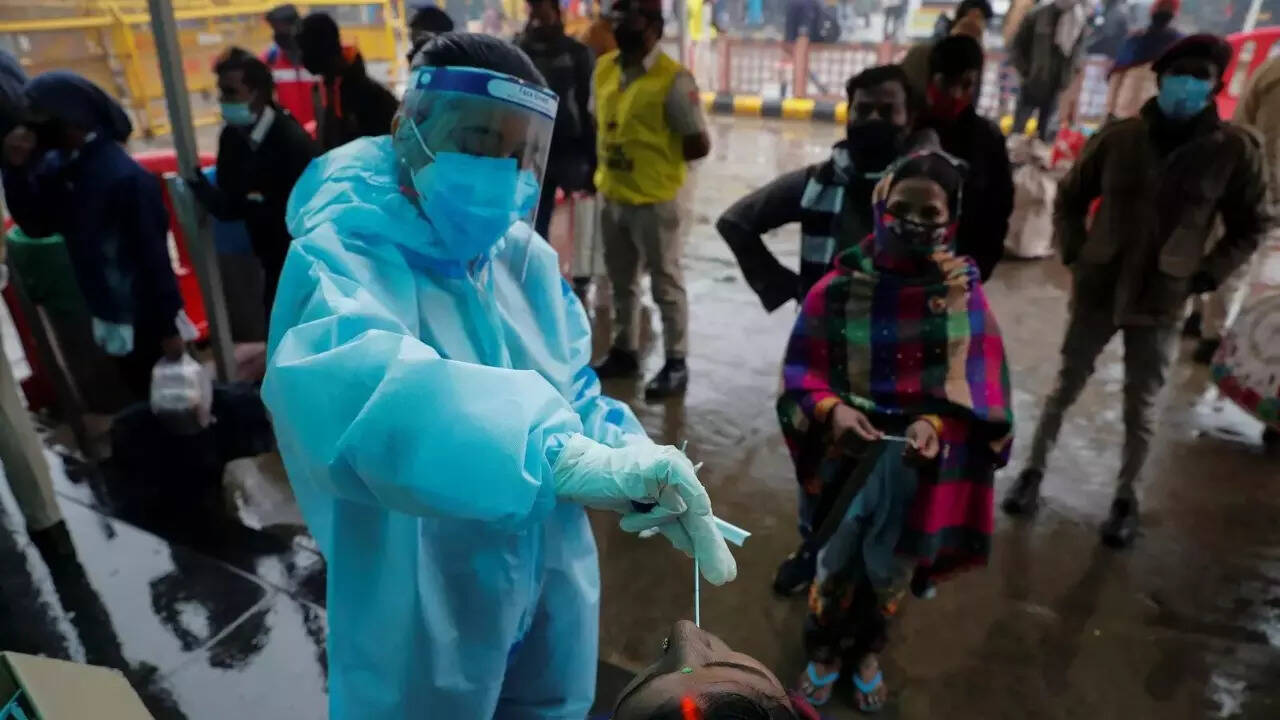[ad_1]
 New Delhi: A new sub-variant of Omicron has been reported from India, according to the World Health Organisation (WHO). Alarmingly, it is spreading 18 per cent more quickly than previous variants and has been reported in many states throughout the country. With a 21 per cent increase, India is the country where the newest cases are being reported.
New Delhi: A new sub-variant of Omicron has been reported from India, according to the World Health Organisation (WHO). Alarmingly, it is spreading 18 per cent more quickly than previous variants and has been reported in many states throughout the country. With a 21 per cent increase, India is the country where the newest cases are being reported.
According to Tedros Adhanom Ghebreyesus, Director, WHO, more than 30 per cent of the increase in daily reported cases of COVID-19 is thought to be caused by the new Omicron sub-variant BA.2.75.
The new Omicron sub-variant: All you need to know
In recent months there has been an increase in mutations causing the second-generation mutation of Omicron to result in new variants of the virus, the B.A. 2.75 is a result of these mutations.
India was one of the first countries where the sub-variant was reported, followed by ten others. Aside from the fact that the new variant has a receptor-binding domain of the spike protein that attaches itself to human receptors, it has also been noted that due to the limited sequences of the sub-variant, it is difficult to comment much on it as of now.
The BA.2.75 sub-variant has been identified in 10 different Indian states to date. With 27 cases reported from Maharashtra, the other states that have reported cases of the sub-variant are West Bengal with 13, Karnataka with 10, Madhya Pradesh with seven and Delhi with one or two recorded instances. The 18 per cent increase in COVID-19 cases in India, particularly in regions like Maharashtra and Karnataka is still mostly linked to the new variant’s rapid spread.
Is B.A 2.75 a variant of concern?
A variant of concern has traditionally been described as one that is more contagious, and due to the Omicron variant’s fast transmissibility, the sub-variant does fit under a variant of concern. The limited study on the new variant would be another reason to worry.
The WHO Technical Advisory Group on SARS-CoV-2 Virus Evolution (TAG-VE) is now monitoring the new strain and reviewing data from all across the world.
How can I protect myself from this variant?
One must exercise caution to reduce the likelihood of contracting the virus by following COVID Appropriate Behaviour (CAB), adopting preventative measures, wearing a mask for protection, using hand sanitiser, and attempting to avoid large gatherings where the virus may be circulating.
[ad_2]
Source link
